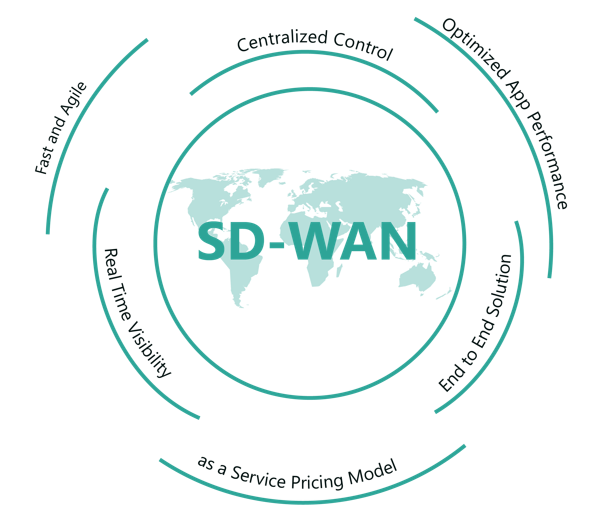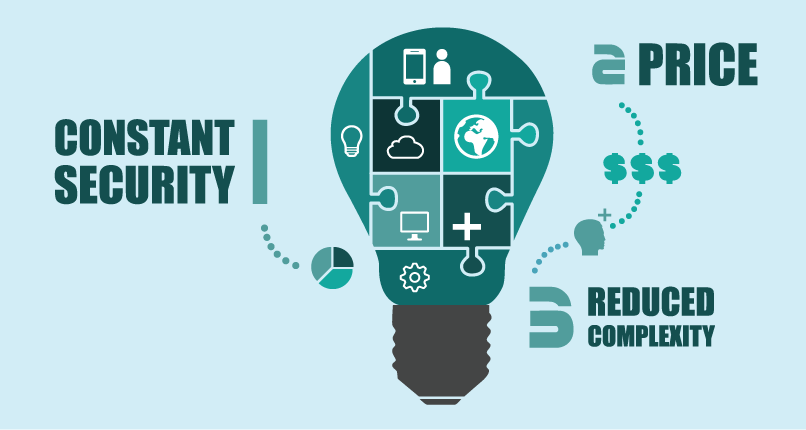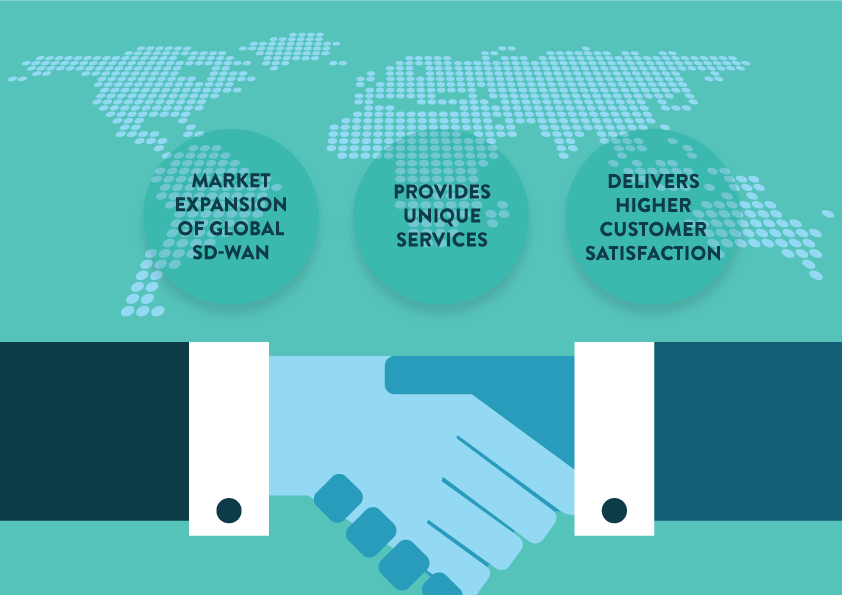Not all SD-WANs are Created Equal
The technology industry loves to over use buzz words. Descriptors like “mobile”, “intelligent”, “connected” and even “2.0” all dominated vendor speak at different times. The latest buzz word that seems to be reaching that overused crescendo state is ‘software defined’, particularly when it comes to wide area networks (WANs). The need is certainly there. The industry has talked about WAN evolution for decades now. Prior to being an analyst, I held a number of IT positions and even in the 90s we were looking at moving away from over priced, underperforming, inflexible “hub and spoke” networks. The industry moved from frame-relay to ATM to MPLS but the fact remains, this type of architecture is long past its prime.
Software Defined WANs (SD-WAN) have been positioned as a panacea to all WAN woes, which is why every vendor that has anything to do with the WAN has jumped on the SD-WAN bandwagon. This has done nothing but create confusion and I’m concerned that, if you’re believer in the Gartner hype cycle, SD-WANs may have a higher than normal “peak of inflated expectations” and a lower than normal “trough of disillusionment”. To prevent that, I’d like to take a look at what is an SD-WAN and what isn’t.
The below are interesting, valuable WAN technologies that some vendors call SD-WAN but aren’t.
- WAN Optimization exploded on the scene about 15 year ago and does a fantastic job of optimizing the performance of applications like e-mail and Windows file services over private networks. However, it’s not SD-WAN.
- As the name suggests, broadband WAN uses broadband to build a WAN. There’s fundamentally nothing different about a broadband WAN and a legacy WAN except it uses broadband instead of MPLS. It can be a component of an SD-WAN but a broadband WAN itself is nothing more than a WAN made up of broadband connections.
- WAN aggregation and multi-path technologies enable dual links to be used simultaneously. This is a significant improvement over the traditional bandwidth wasting, overly expensive active-passive model of using multiple connections. Effectively, this technology creates one big link from multiple small ones. However, it has nothing to do with being “software defined”, it’s just a more efficient way of using bandwidth.
- Hybrid WANs are networks that are built on a combination of broadband and MPLS. This lets network managers keep mission critical traffic on the MPLS network and offload best effort traffic like e-mail and remote backups. This is certainly a better use of bandwidth than running everything over the MPLS network and can certainly delay upgrades but a hybrid WAN is not an SD-WAN.
All of the above technologies offer incremental improvements, can be part of an SD-WAN deployment but doesn’t really change the paradigm of networking. Legacy networks are inflexible, slow to change, complex and are holding organizations back. A software defined WAN is a complete solution that transforms the WAN. Below are the key criteria for defining an SD-WAN.

Centralized control. An SD-WAN requires a centralized point of control to manage the end-to-end network. Administrators need to make a change or create a policy and push it to every point in the network at once instead of having to touch every box in every location. ZK Research conducted a study in 2015 and found that the average time to implement a network change is four months. Centralized control can cut this number to just a few days.
End to end solution. This is becoming an overused term as the solution provider typically defines what end to end means so everyone uses it. However, the network is pervasive and an SD-WAN solution needs to address the global network, regional locations, branch offices, remote workers and cloud connectivity.
Optimized application performance. The reason organizations deploy networks is to deliver applications. There’s no point in building a next generation network if it can’t improve the performance of all applications. Most SD-WAN solutions can address a particular set of applications like real time or cloud but it’s important to optimize all applications. This means the SD-WAN provider needs to have a wide range of optimization technologies such as IP and web acceleration, quality of service (QoS) and CDNs.
Fast and agile. A digital organization needs to move fast and continuously change. This means the underlying IT infrastructure needs to be robust and dynamic and as agile as the business. An SD-WAN should be deployable in a day and have the ability to scale up bandwidth instantly. Without these capabilities, the network will hold the business back
Complete “as a service” pricing model. Almost all SD-WAN vendors have adopted an as a service pricing model for the transport or software. However, many charge a hefty up front fee for the hardware components. SD-WANs should offer zero CapEx pricing and the as a service price should include hardware, software and transport.
Real time visibility. There’s an IT axiom that states that you can’t manage what you can’t see. This has never been truer than for the WAN as it reaches literally everywhere the company does businesses. An SD-WAN needs to offer real time visibility into the applications that are running across the network as well as trending information so businesses can evolve into a more proactive management model.
Technology shifts, such as SD-WAN can be confusing, particularly in their infancy. This can be frustrating and lead to a business wasting an inordinate amount of time because it thought it was buying one thing but was buying something else. My recommendation is to spend the time to look under the covers so when an organization is buying something called “SD-WAN” it knows what it’s getting.
- Accelerate CAD/CAM Performance
- Improve Zoom Conferencing Performance
- Calypso Embraces a SaaS-first Strategy
- CallisonRTKL Transforms their WAN
- Kleinfelder Improves Application Performance
- Teradyne Transforms their WAN
- SAP web application performance
- Kleinfelder Improves Application Performance
- Industrial Manufacturing Company Transforms WAN










